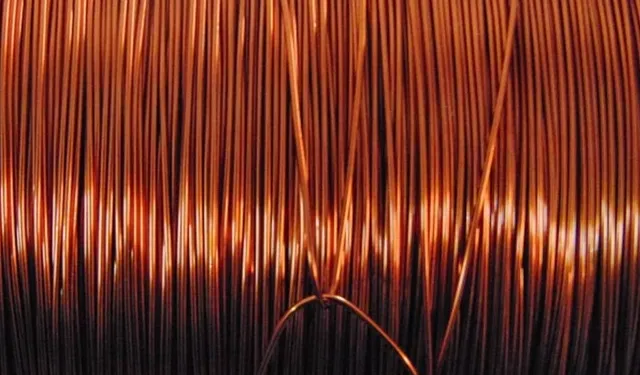In May, the major natural rubber producing areas in the world have entered the opening season one after another, and the market is highly concerned about the output of major producing areas. This article will mainly focus on the domestic Yunnan, production areas in Hainan and overseas main producing areas in Southeast Asia, a brief summary of the relevant situation of production areas for a period of time.
The status of natural rubber domestic production areas
The recent purchase price of all-latex in Yunnan producing areas is about 9.8-10.2 yuan/kg, and the purchase price of standard rubber raw materials is 8.4-8.8 yuan/kg. The Xishuangbanna area has recently been raining almost every day. Heavy rain has been reported in some areas, affecting the tapping schedule. The recent purchase price of state-owned raw materials in Hainan-based production areas is between RMB 12.0-12.2/kg, and that of privately-owned raw materials is between RMB 12.3-12.5/kg. The open area of state-owned farms has reached 80%, but the area of private farms is about 50%, which is mainly due to the low raw material prices to crack down on the enthusiasm of plastic farming. It is reported that due to the better prices of betel nuts, bananas and other fruits, some private rubber workers turned to other types of workers. At present, many private factories have insufficient raw materials to buy, and some factories are postponed until May 20th. However, judging from the performance of the gum trees in the production areas, the growth is good and there are no pests and diseases. It is expected that the output will increase as the open area of the production area expands.
Natural rubber production in Southeast Asia
Thailand production area: It has been successfully cut, but due to the impact of rain, the output is not very smooth. Most of the processing plants said that the raw material purchase is tight, and the glue purchase price is 45-50 baht/kg. Meteorological Agency weather forecast shows that on 9-13th, there will be heavy rain in many areas in Thailand, Rayong Province in the east of Thailand, Suratthani in the south, Nakhon Si Thammarat Province, etc. may be affected, or the supply of production areas may be tight . However, rubber trees in Thailand’s main producing areas, such as Surat Thani, rubber trees grow well, and foreign workers gradually return. It is expected that by the end of May, Thailand’s natural rubber production will be significantly released.
Vietnam and Cambodia production areas: Although the production areas in Vietnam were cut in advance about half a month this year, due to the low rainfall in the early stage of cutting, there was less natural rubber production, and most rubber processing plants in Vietnam had a certain inventory, and construction started relatively. slow. After entering May, there were several waves of rain in Hu Zhiming and other places. The output of glue was relatively smooth. The purchase price was about 29,000 VND/ton. It is expected that the factory will start in mid-May, and many factories have begun to sell new rubber. . Due to the recent rainwater in Cambodia’s producing areas, most factories react to the difficulties in purchasing raw materials. In May, the transition to the rainy season will occur, with more rainwater, which is more conducive to the growth of rubber trees. In recent years, due to the relatively low purchase price of raw materials in Cambodia, many raw materials have flowed into Vietnam.
Indonesian production areas: Rubber plantations in the southern part of Medan are undergoing secondary defoliation and rubber production is interrupted. Indonesia Rubber Company Rubber Association Secretary General Edie. Ilvasia explained that the first falling leaves that occurred in early 2018 was a natural annual cycle because the mechanism of plant adaptation to environmental conditions entered the dry season. However, the second deciduous season from the beginning of April to the present is considered to be the effect of abnormal weather, and suddenly the rainfall has become a lot, stimulating the growth of fungi. It is understood that the affected factory production accounts for about 20% of the total output of North Sumatra, and there is fierce competition in the procurement of raw materials from neighboring factories. People in production areas are expected to gradually return to normal after July.
In summary, with the exception of some production areas in Indonesia, the growth potential of natural rubber in the main production areas is relatively good, and short-term tight supply is mainly affected by problems such as rainwater and shortage of glue. If there is no major natural disaster during the year, the output of natural rubber is expected to be quite optimistic.
Translated by Google Translator from http://www.cria.org.cn/newsdetail/43704.html



























